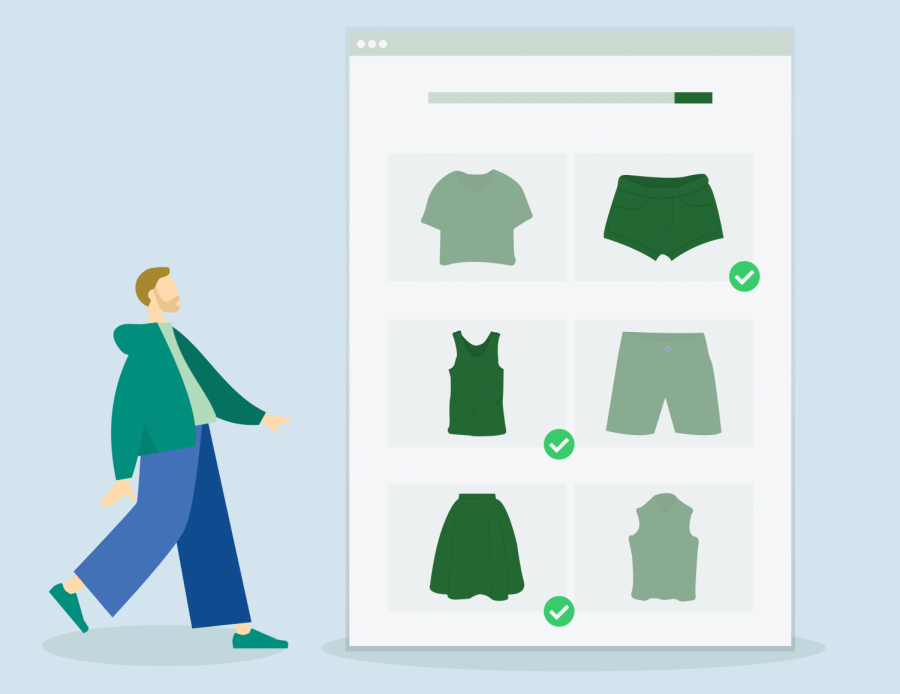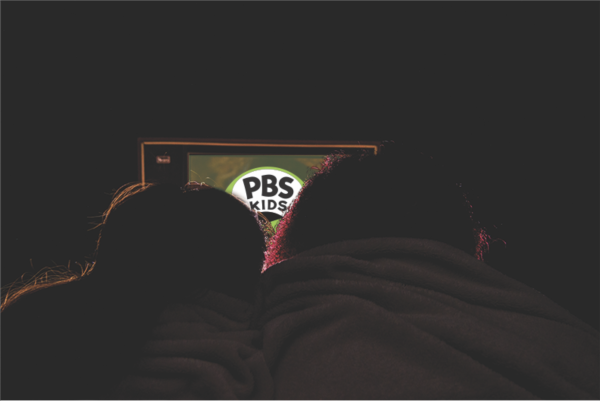Slow Down on Fast Fashion
We should stop perpetuating the idea that the newest and fanciest clothes are a necessity
December 2, 2019
On any given day, about 25 percent or more of my wardrobe is secondhand. Shoes, shirts, jackets, pants and ties. I find my clothes from my dad’s closet, secondhand clothing stores such as Savers and City Thrift and sometimes even those niche (overpriced) secondhand stores downtown.
But why? Well I make $8.75 an hour, plus tips. But I have to buy gas. I have to buy food. I have to save for college. I pay for Spotify Premium, although I guess I don’t have to.
With all these necessities — and some personal wants — to pay for, I shop for clothes secondhand. It’s not because I think I’m quirky and different for not shopping at H&M or American Eagle. It’s a realistic choice for my and my family’s income so we can focus on spending money on other things. I mean, I’ve found my own style for $30 a year instead of $30 a T-shirt.
But there’s more to it.
Each year, Americans trash somewhere between 10 and 13 million tons of clothing according to various sources. In fact, clothing alone makes up 5.45 percent of all landfills in Kansas. If more people made donations and purchases at thrift stores, hypothetically a dent could be made in the amount of waste we leave on this planet.
The consumption of fast fashion also has a severe negative environmental impact. After accounting for cotton growth and dye production, one single pair of jeans could take 2000+ gallons of water to produce. To put that in perspective, an average American only drinks about 60 gallons of water a year.
Not only is the water consumption rate ridiculously high, but what these fast fashion companies are putting back into the water is harmful to the environment.
It has been estimated that 20% of the ocean’s pollution can be chalked up to the fashion industry. The synthetic chemicals that are used to turn raw materials into textiles go back into the environment after dyeing and treatment processes.
The of water you save by not buying that new pair of jeans could be the solution to helping the ocean, not your metal straw.
Obviously a full wardrobe can’t be found in a thrift store, and for sizing (also sanitary) reasons, many items need to be purchased with the original tags. But truthfully we should all start considering our impacts on the world the hidden problems behind the things we buy.
The clothing industry will continue to grow and produce, all the while using and abusing clean water. Don’t be part of the demand for those clothes, help the planet, shop secondhand, you never know what you’ll find.










